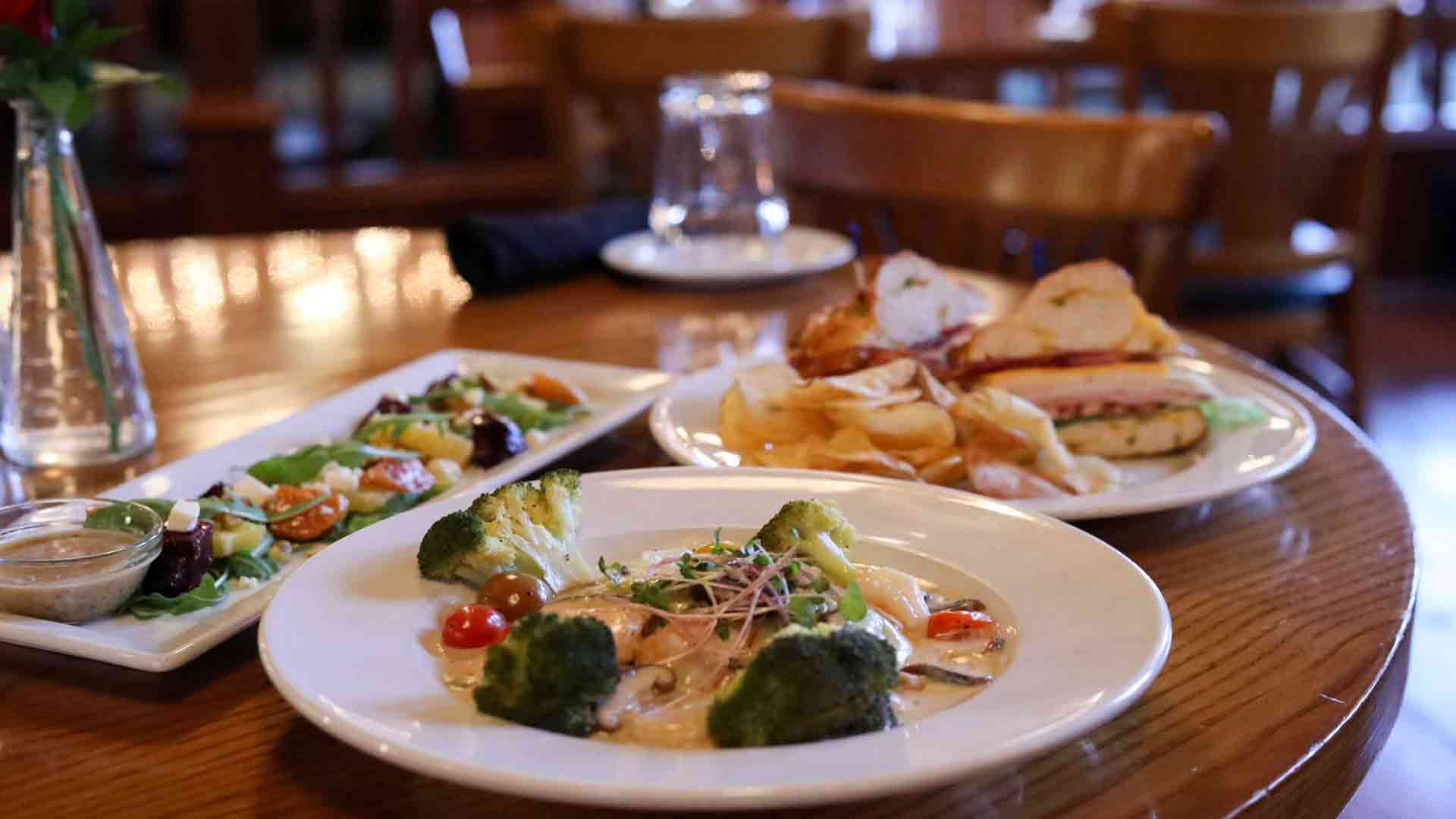Heritage Recipes Across Borders
Heritage Recipes Across Borders
In a world increasingly connected yet often divided, food remains a universal language, a bridge that transcends geographical and cultural boundaries. At the heart of this global culinary dialogue lie heritage recipes – dishes that carry not just flavors, but generations of stories, traditions, and a profound sense of identity. These aren't merely instructions for preparing a meal; they are culinary artifacts, passed down through families, communities, and across continents, embodying the very essence of cultural memory and resilience.
What defines a heritage recipe? It's more than just an old recipe. It's a dish deeply rooted in a particular culture, region, or family, often evolving over centuries. These traditional recipes tell tales of scarcity and abundance, celebration and mourning, migration and adaptation. Think of the complex mole sauces of Mexico, the soulful curries of India, or the comforting pasta dishes of Italy – each a testament to meticulous preparation, regional ingredients, and a collective history. They connect us to our ancestors, offering a tangible link to the past and a blueprint for the future of our culinary legacy. Preserving these ancestral recipes is an act of cultural preservation, ensuring that the unique flavors and techniques of a people endure.
The journey of a heritage recipe across borders is a fascinating narrative of human migration and cultural exchange. When people move, their food moves with them. Immigrants, carrying their cherished family recipes and culinary traditions, introduce new ingredients, cooking methods, and flavor profiles to their new homes. This often leads to incredible culinary innovation, as familiar dishes are adapted to available local produce and palates. For instance, the Italian-American Sunday gravy, while distinct from its Italian regional counterparts, perfectly encapsulates the adaptation of old-world flavors to a new land. Similarly, the diverse array of Chinese-American dishes found globally showcases how ethnic food evolves while retaining its core identity, blending tradition with novelty. These cross-cultural culinary dialogues enrich the global gastronomic landscape, creating entirely new categories of global cuisine.
However, the journey isn't always about reinvention. Often, the goal is preservation. Many dedicated home cooks and professional chefs commit themselves to meticulously recreating authentic recipes, ensuring that the intricate details and precise flavors of their heritage are maintained. This dedication is crucial for keeping culinary traditions alive, especially in the face of globalization and commercialization. Food festivals, cultural centers, and specialized restaurants play a vital role in showcasing these unadulterated heritage dishes, allowing new generations and diverse audiences to experience the genuine tastes of a particular culture. Understanding the historical context behind these dishes enhances the dining experience, making it a journey into the past.
Beyond historical preservation, heritage recipes serve as powerful tools for cultural understanding and diplomacy. Sharing a meal prepared from a traditional recipe can break down barriers, foster empathy, and build connections between people from different backgrounds. It's a deeply personal act of sharing one's roots and inviting others to partake in a unique aspect of one's identity. From the communal aspect of preparing dim sum to the ritualistic serving of Ethiopian injera, food and identity are inextricably linked. Exploring these culinary rituals offers profound insights into different ways of life and worldviews, making it an essential part of any cultural exploration or culinary journey.
In the digital age, access to these global culinary treasures has expanded exponentially. Online platforms, food blogs, social media, and international food delivery services have made it easier than ever to explore and even recreate dishes from distant lands. Home cooks can now follow step-by-step guides for making Peruvian ceviche or mastering Japanese ramen from the comfort of their own kitchens. The digital age has also revolutionized our access to diverse culinary experiences. From home kitchens sharing age-old secrets to dedicated platforms showcasing the world's most cherished dishes, exploring global gastronomy has never been easier. For those seeking the best international food experiences, a world of flavors awaits at their fingertips. This accessibility not only democratizes culinary knowledge but also encourages greater appreciation for the diversity of human ingenuity in the kitchen.
Ultimately, heritage recipes are more than just food; they are living testaments to human history, creativity, and resilience. They are vessels of culture, passed down with love and intention, constantly reminding us of where we come from and connecting us to a wider world. As they continue to traverse borders, adapt, and inspire, these remarkable dishes ensure that the rich tapestry of global culinary heritage remains vibrant, delicious, and endlessly fascinating for generations to come. They invite us all to the table, to share in a universal human experience that nourishes both body and soul.
tag: Food,



